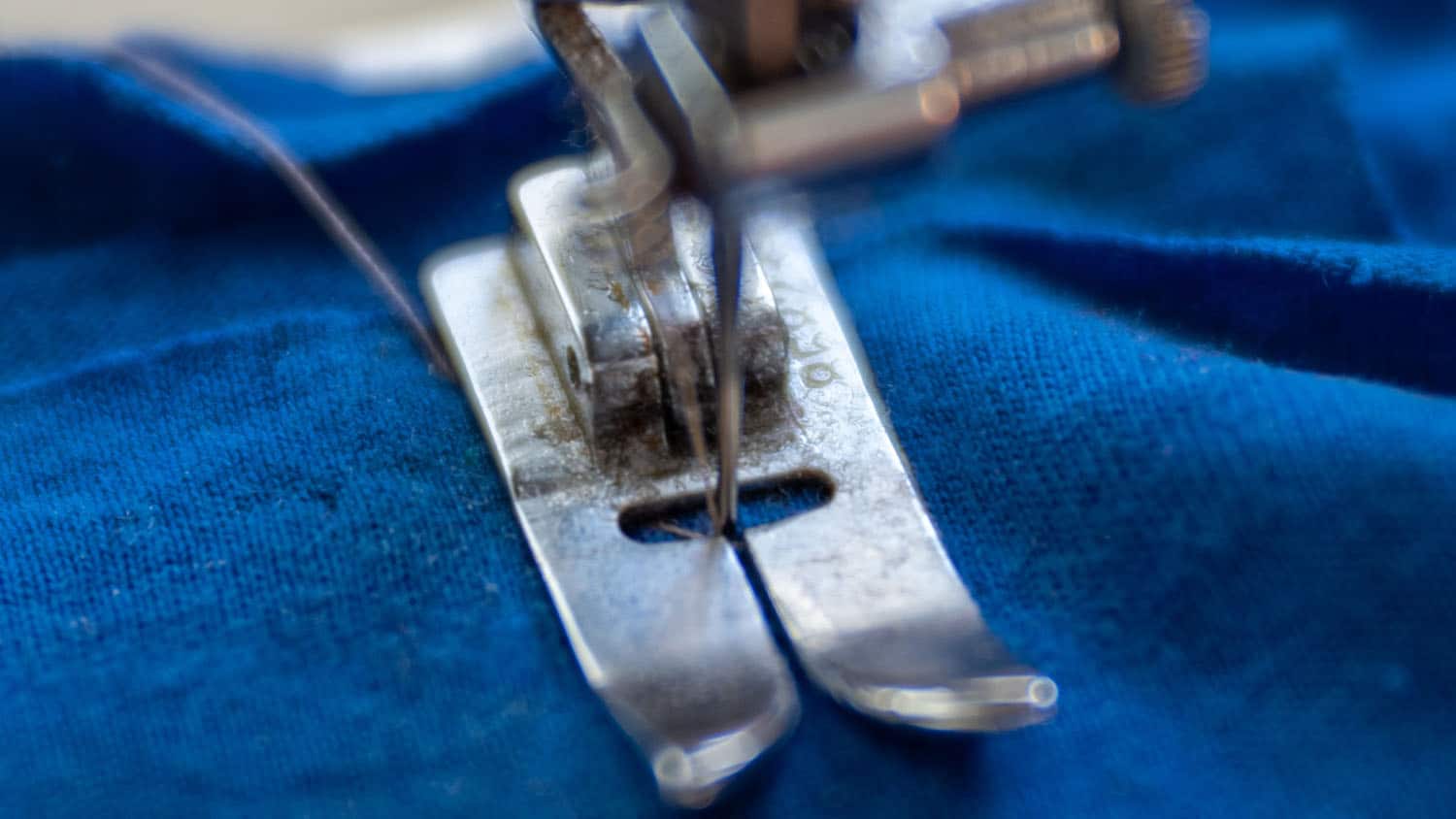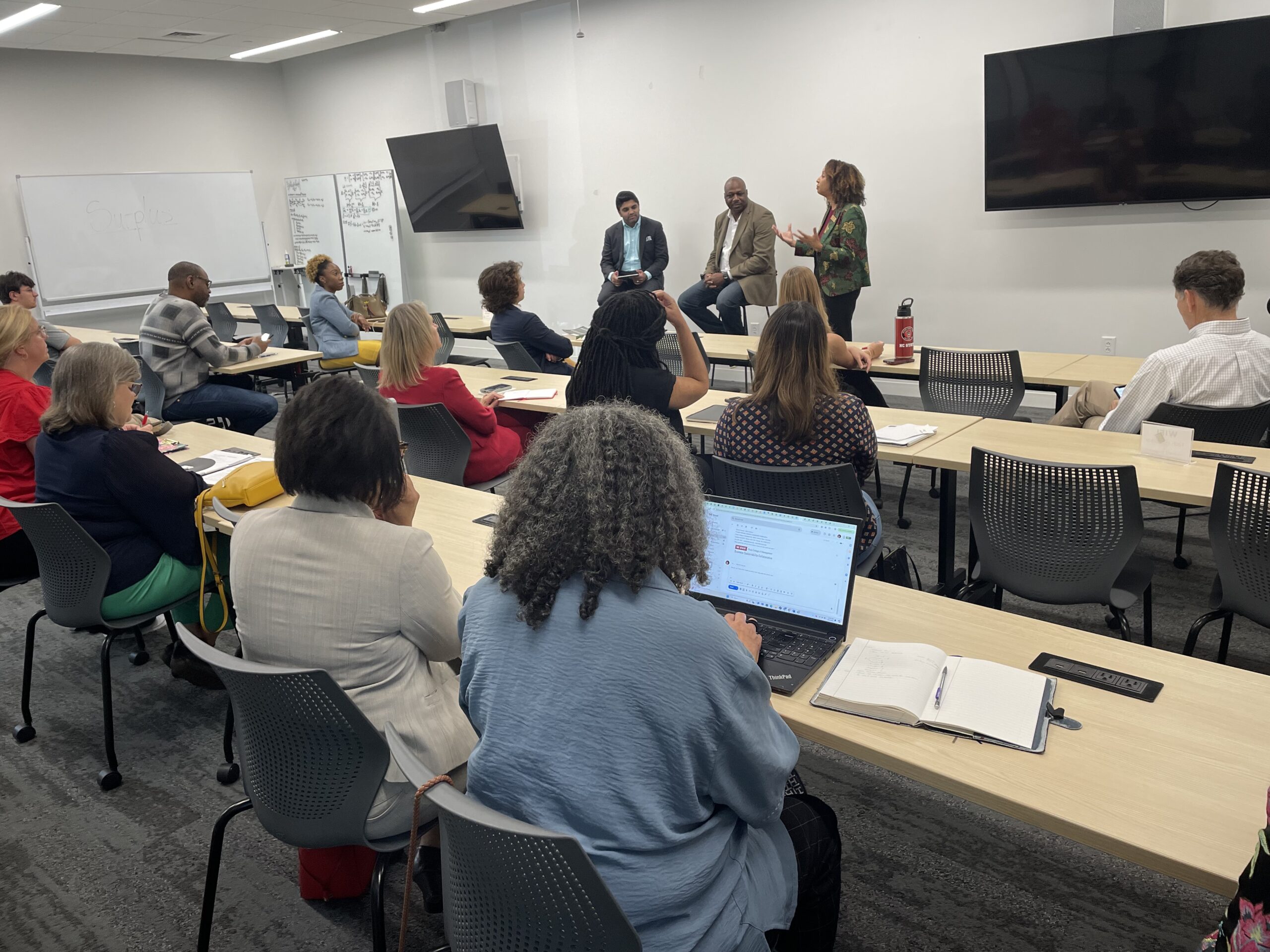Study Details Baseline Needs to Bring Factories into Compliance with Labor Standards

Researchers from North Carolina State University have conducted an in-depth study to establish all of the actions apparel factories will need to take in order to come into compliance with international labor standards. The study is a first step toward determining what such compliance would cost consumers, and building support for making the needed changes.
“People talk about improving standards for apparel factory workers, but there’s a cost to doing so,” says Rob Handfield, corresponding author of the study. “If we really want to improve standards, we need to nail down what those costs are and build support for paying those costs.”
“This paper lays the foundation for that work. It doesn’t calculate precise costs, but – for the first time – outlines all of the things that need to be done at apparel factories to comply with international labor standards: fair pay, working conditions, fire safety, and so on.” Handfield is the Bank of America University Distinguished Professor of Operations and Supply Chain Management in NC State’s Poole College of Management.
For the study, researchers surveyed 15 professionals with experience in auditing apparel factories to determine the extent to which they comply with international labor standards. The goal of the survey was to identify all of the actions factories would need to perform in order to come into minimum compliance with those standards, with a particular focus on actions that would incur an expense.
The researchers conducted multiple rounds of the survey with each study participant to ensure an in-depth understanding of the relevant issues.
“There are eight international labor standards that apply here, and we were able to identify multiple actions that would incur cost for each of those standards,” says Rejaul Hasan, first author of the paper and a former Ph.D. student at NC State. “However, the number of costs associated with meeting each standard would vary from factory to factory, depending on which actions they might already have taken – if any.”
“This is the first detailed taxonomy of all the potential costs associated with a factory doing the bare minimum to comply with international standards,” says Marguerite Moore, co-author of the study and a professor of textile and apparel, technology and management in NC State’s Wilson College of Textiles. “So this is a big step forward. But it’s a first step forward.”
Forthcoming research from the team applies the taxonomy to individual factories to see what the costs would be for each factory. The researchers also plan to use the taxonomy to determine what compliance would mean in terms of the cost for each finished item of apparel.
“Ultimately, all of this will inform our understanding of what needs to be done to implement changes related to responsible sourcing of apparel,” Hasan says. “What do we need in terms of policy changes? What do we need from brands and investors? What needs to be done to foster support from consumers?”
“We need to address all of these questions if we want to implement real change,” Handfield says.
The study, “Establishing Operational Norms for Labor Rights Standards Implementation in Low-Cost Apparel Production,” is published open access in the journal Sustainability.
Originally posted by: Matt Shipman | 11.29.21 | NC State News
- Categories:


